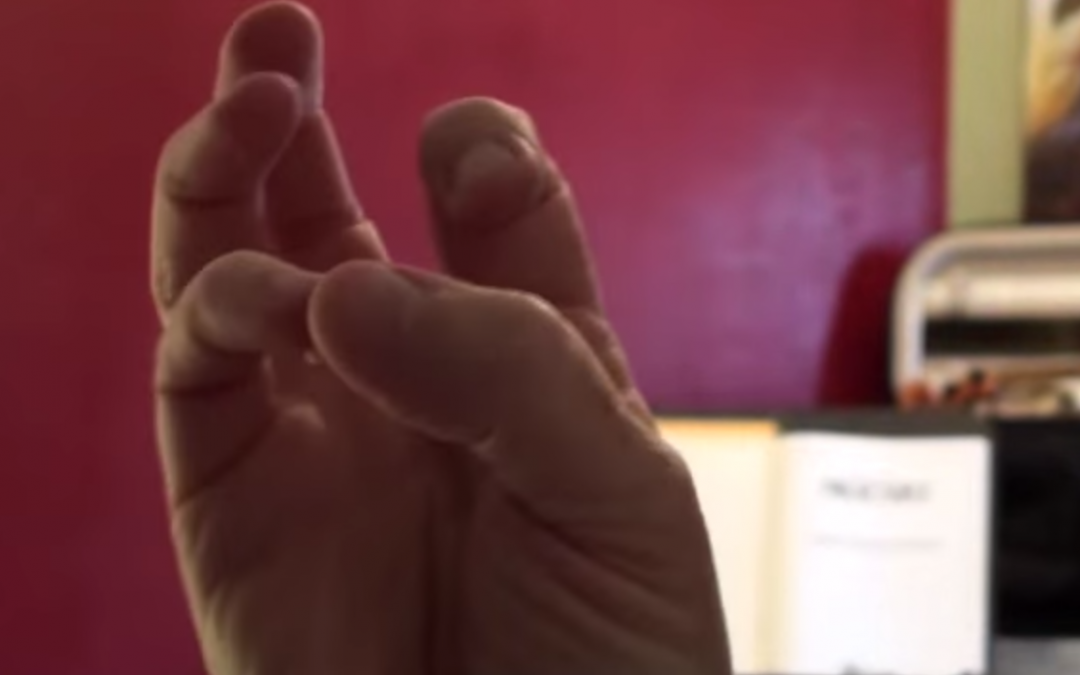Violin students’ pinky fingers can be problematic on BOTH hands mainly due to weakness and the shorter length of this finger. This problem is VERY common, and easy to fix! Hooray!
This article will focus on solutions for the LEFT hand pinky, but #1 below can dramatically help both hands, and not just the pinky. It can help problematic thumbs as well!
- Exercise the weak joint using my special clothespin exercise. This video says it is for double jointed violinists, but truthfully, it really targets the weak joints that cause this collapsing pinky problem, so this simple exercise if for everyone! It has helped guitarists, clarinetists, saxophonists, and a seamstress! (Oh yeah, and zillions of violinists)
- Bend your wrist slightly IN, not out. Most people bend their wrist out too far because they have been told that wrist-in is so bad. I would MUCH rather see the wrist IN than out. (a nice straight wrist is wonderful too)
- Slant your knuckles so that the pinky knuckle is higher than the index knuckle. You can draw a line across all your knuckles and look in a mirror to see if the line is flat or slanting pinky end up. This also requires you to bring your elbow under the violin, toward your right….which is #4 below.
- Rotate your elbow under the violin to your right. Not too much, you don’t want to over-work your shoulder, but enough to give your pinky a little boost.
- As you play violin, ESPECIALLY for shorter people (under 5’5″), you will want to bring your forearm toward you as you climb a scale to your pinky. In other words, when you play index finger, your forearm will be normal, when you play 2nd finger, forearm creeps toward you a millimeter. When you play 3rd finger, forearm creeps toward you 3 more mm. And finally, when you play pinky, forearm is the CLOSEST to your body as it will ever be. The forearm is dynamic and moving as you play.
These concepts are explored and developed extensively in my Suzuki Book 1 and Suzuki Book 2 online violin lessons.


Hi Lora, I just found your article here. Thank you so much for sharing your advice!
I have been stressing a lot over my collapsing pinky – after some clothespeg exercise practice I just tried a 4th finger focussed study, consciously moving my elbow to the right too. Massive improvement, so happy because now I know with more work and consolidation, the finger will work properly again!
THANK YOU!!!
Kate,
I am so happy to hear of your instant improvement…..that definitely means you are on the right track! Keep it up. It has helped lots of people.
Best of luck to you!
Hey Lora, this is outright awesome! I have been playing the violin for two years, and I always struggled with my pinky’s caving down due to being double jointed. After implementing the clothespin practice and the technique of rotating the elbow, I saw improvement in just one day! Thanks so much for this helpful blog! (P.S.: This is my screen name.)
Emily, Thank you for that feedback! I’m so glad that it helped you, and thrilled that you saw results the first day!
Keep it up!